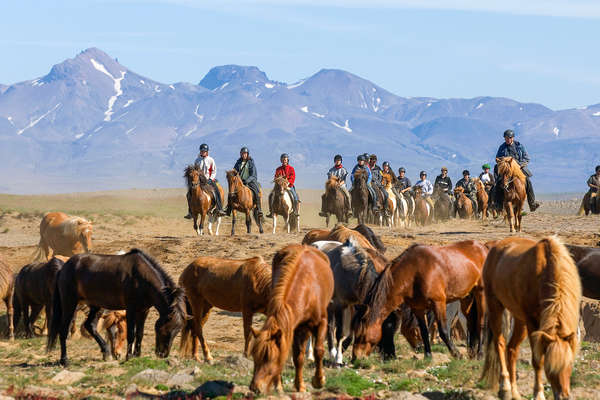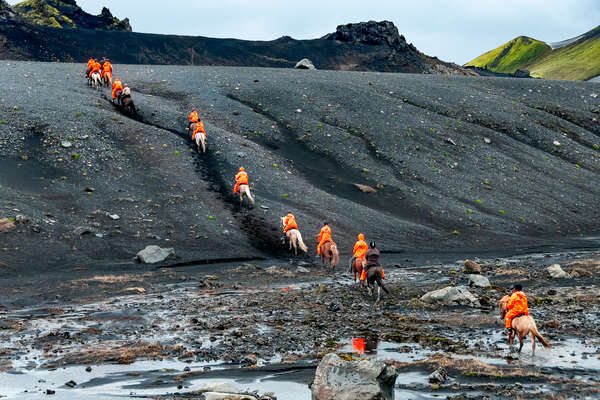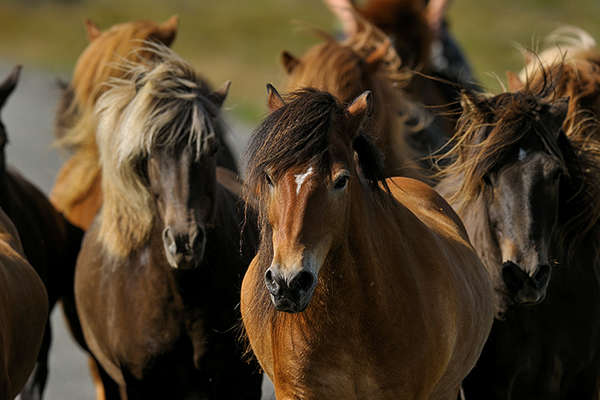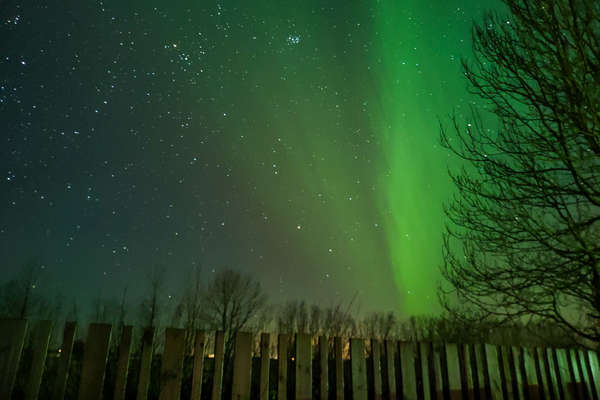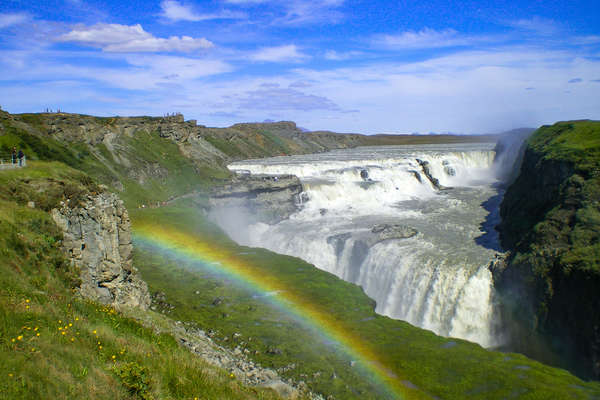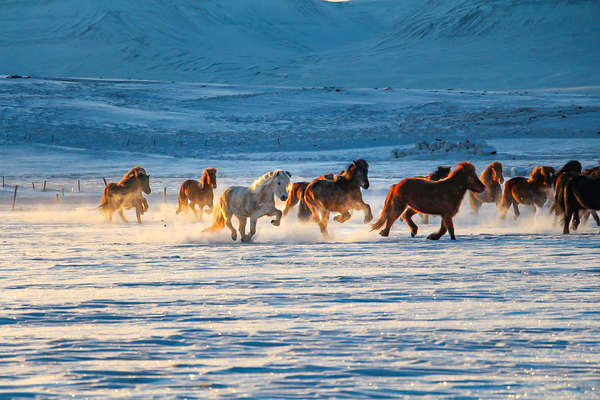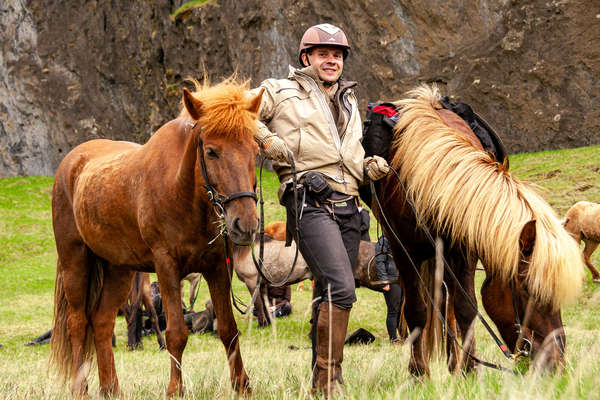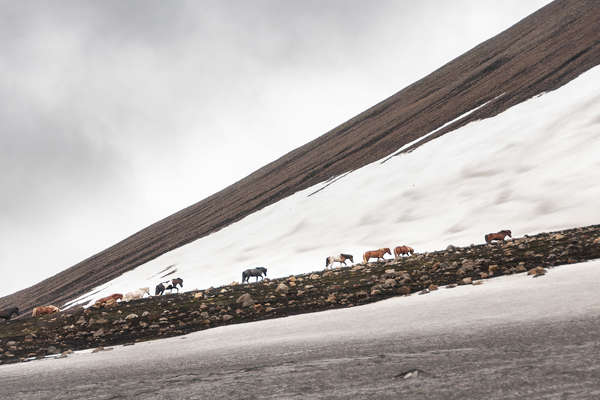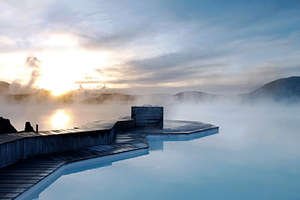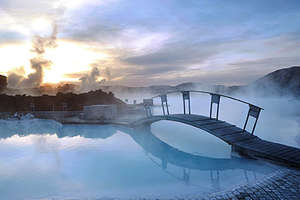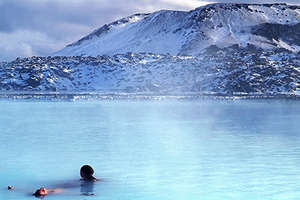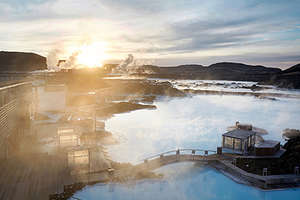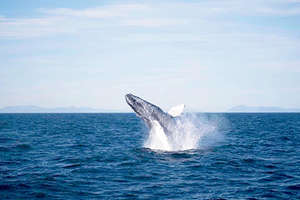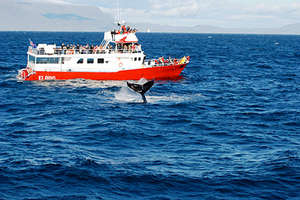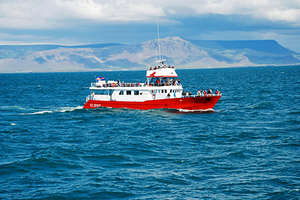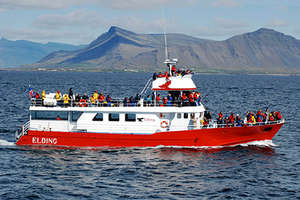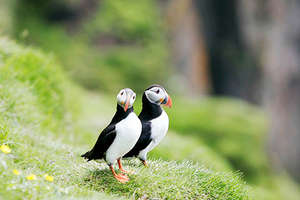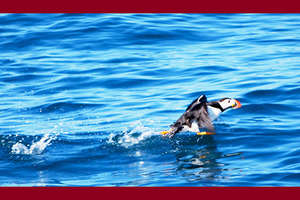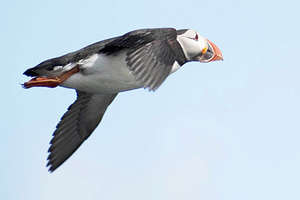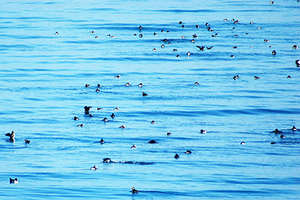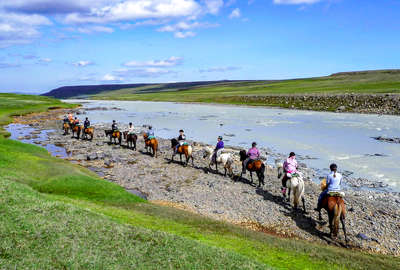
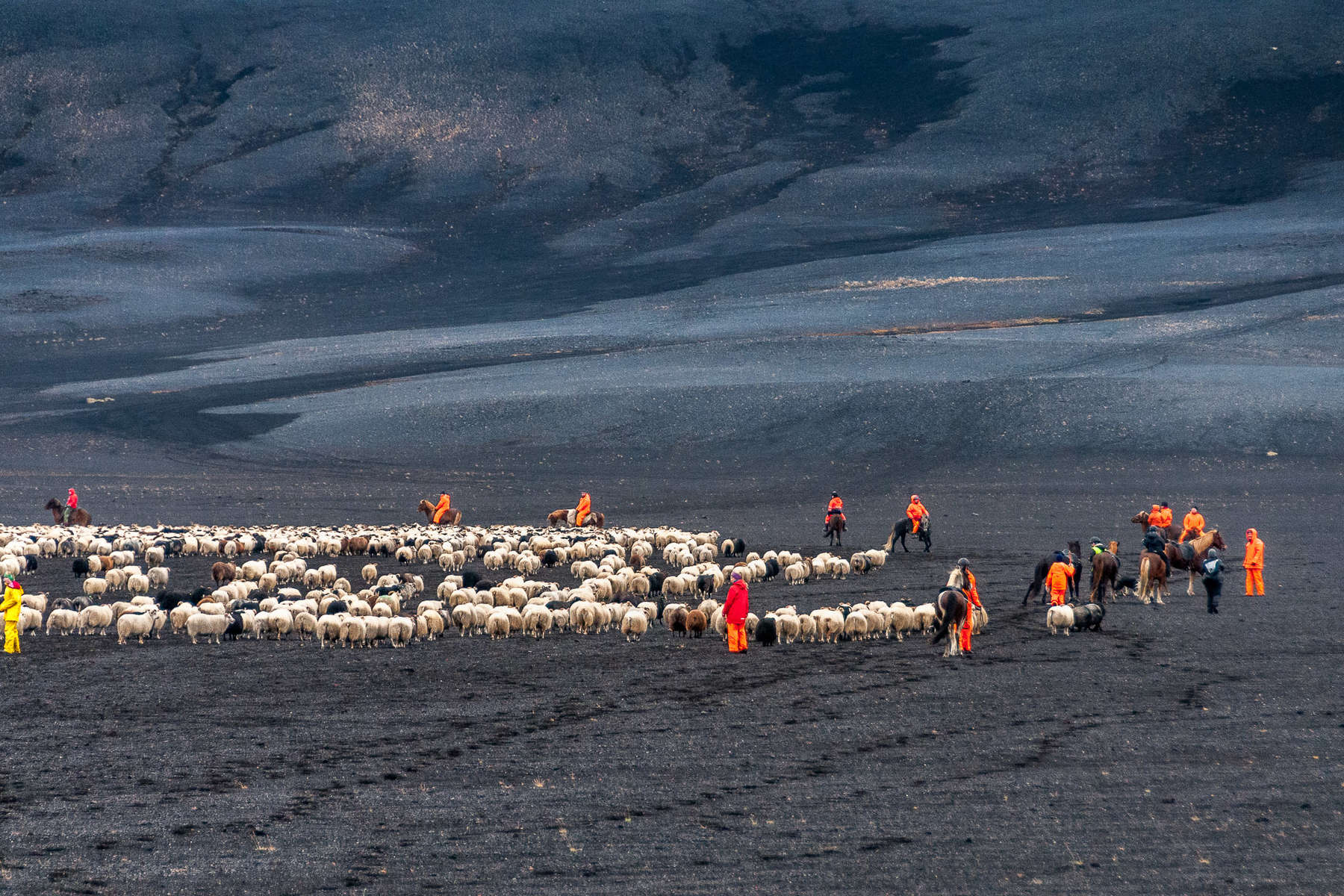
From the horse’s mouth
All trips

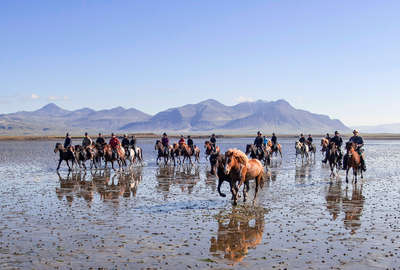
Snaefellsnes Beach Trail
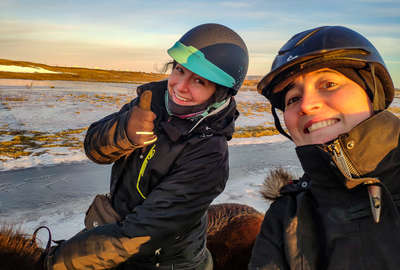
Northern Lights farm stay
Guaranteed departures
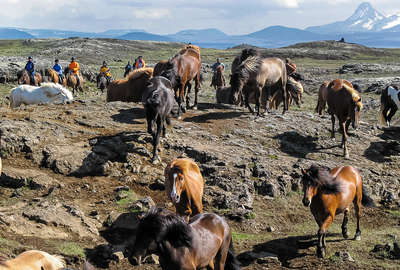
Vididalstungurett horse round-up
Guaranteed departures
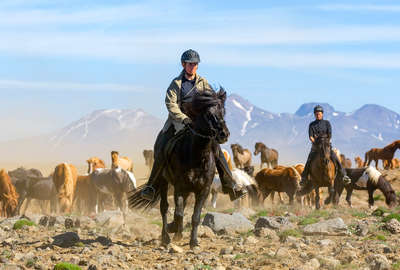
The Kjolur Trail
Guaranteed departures
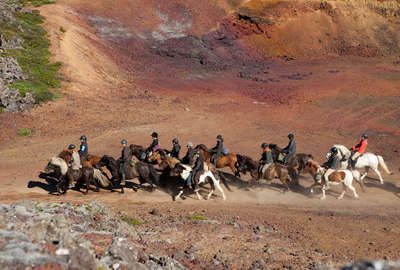
Landmannalaugar & Hekla Trail
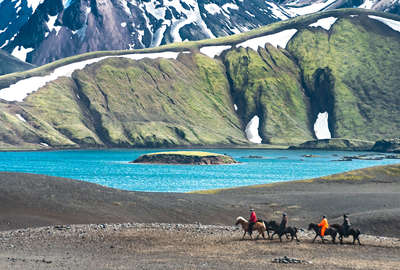
Landmannalaugar Fjallabak Trail
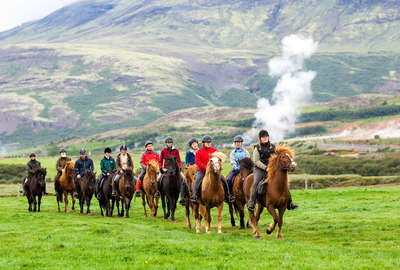
The Golden Circle
Guaranteed departures
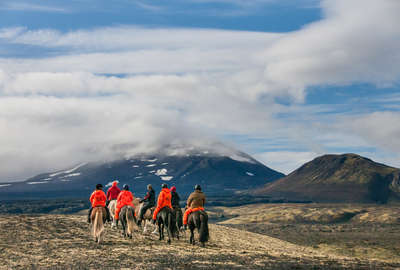
Landmannalaugar and Mt. Hekla
Guaranteed departures
Visa & Health
Formalities
Visas
The rules for travelling or working in European countries changed on 1 January 2021:
- you can travel to countries in the Schengen area for up to 90 days in any 180-day period without a visa. This applies if you travel as a tourist, to visit family or friends, to attend business meetings, cultural or sports events, or for short-term studies or training.
- if you are travelling to Iceland and other Schengen countries without a visa, make sure your whole visit is within the 90-day limit. Visits to Schengen countries within the previous 180 days before you travel count towards your 90 days.
At border control for Iceland, you may need to:
- show a return or onward ticket
- show you have enough money for your stay, and
- use separate lanes from EU, EEA and Swiss citizens when queueing
- Your passport may be stamped on entry and exit.
Passport validity from 1 January 2021
From 1 January 2021, you must have at least 6 months left on an adult or child passport to travel to most countries in Europe (not including Ireland).
If you renewed your current passport before the previous one expired, extra months may have been added to its expiry date. Any extra months on your passport over 10 years may not count towards the 6 months needed.
Check your passport is valid for travel before you book your trip. You will need to renew your passport before travelling if you do not have enough time left on your passport.
Please visit for the FCO website for up-to-date information - https://www.gov.uk/foreign-travel-advice/iceland/entry-requirements
Addresses of consulates
- Consulat d'Islande
8 av. Kléber
75016 Paris
Tél. : 01 44 17 32 85
Fax : - Ambassade à l'étranger
Tungata n°22-PO Box
1750 Reykjavik 121
Tél. : +354 551 76 21/22
Fax : +354 562 55 67 - Ambassade en France
8 avenue Kléber
75116 Paris
Tél. : 01 44 17 32 85
Fax : 01 40 67 99 96
icemb.paris@utn.stjr.is - Ambassade d'Islande
Rond-Point Schuman 11
1040 Bruxelles
Tél. : +32 (0)2 238 50 00
Fax : +32 (0)2 230 69 38
emb.brussels@mfa.is - Ambassade d'Islande
Rue du Mont-de-Sion 8
1206 Genève
Tél. : 022/703 56 56
Fax : 022/703 56 66
consulat-is@nbh-law.ch
Health
The biggest hazard in Iceland is probably the weather, especially when venturing inland along the difficult roads. You need a very sturdy high clearance 4wd vehicle and all supplies like food, water and fuel. Also, watch out for sudden storms and blizzards, even in the middle of summer. Also, after rain, some slow flowing small rivers might all of sudden turn into wide and deep rivers, almost impossible to cross by car. So if you do venture inland and away from the main roads, watch all of these things very closely.
Insurance
Voltage
Budget and money
You don't have to bring lots of cash, because Iceland is a country where plastic money seems to have been invented and even small things can usually be bought by credit card. If you don't have one, most banking cards of your own country (Cirrus, Maestro logo) will be fine for taking money from ATM's and these can be found in almost every small town.
Tipping is not necessary in Iceland as taxes (VAT) and service are included in the price.
Telephone and jetlag
Standard GMT
Country information
Country ID
Capital: Reykjavik
Area: 103,000 sq km (39,769 sq miles).
Population: 315,281 (2013).
Population density: 3.1 per sq km.
Language: The official language is Icelandic; English and Danish are widely spoken
Religion: 85.5% Lutheran, with a Catholic minority.
Political regime: Republic
President: Ólafur Ragnar Grimsson since 1996.
Head of government: Sigmundur Davíð Gunnlaugsson since 2013.
Socio-economical data
Until that point Icelanders enjoyed a per capita income that was amongst the highest in the world at US$38,000 (2007)/US$39,400 (2008 estimate). The country had been in a positive economic period; in 2007 economic growth was at 2.5% and unemployment at a very low 1%. The future is uncertain but the country has started to rally and with increasing numbers of tourists visiting for some of the best Northern Lights shows of recent times, as well as volcano tourism, there have been some positive signs.
Iceland is short of raw materials and so relies heavily on foreign trade; exports of goods and services account for more than one-third of GNP. The largest proportion of these derives from fishing, Iceland's most important export (40% of its export earnings). The economy is therefore particularly susceptible to fluctuating fish prices and maintains a broad fisheries exclusion zone of 320km (200 miles) to protect its earnings. The government remains opposed to EU membership, primarily because of concern about losing control over their fishing resources.
Aluminium smelters are playing an increasingly big part in Iceland's economy, and have polarized Icelanders in recent years. While some argue that the pristine nature of the interior should be preserved at all costs, others think it should be tapped to regenerate areas where traditional industries are no longer viable.
History
From the 14th century onwards to the late 18th century, Iceland was part of the Norwegian Crown, Norway-Denmark (Kalmar Union) and later under Danish rule. Lutheranism became the main religion and the last Catholic bishop in Iceland was beheaded in 1550, along with his two sons. Two Black Death and one smallpox epidemics killed about one third to a half of the population each time during these centuries.
In 1814, following the Napoleonic Wars, Denmark-Norway was broken up into two separate kingdoms via the Treaty of Kiel. Iceland, however, remained a Danish dependency. Throughout the 19th century, the country's climate continued to grow worse, resulting in mass emigration to the New World, particularly Manitoba in Canada. In 1874, Denmark granted Iceland a constitution and limited home rule, which was expanded in 1904. The Act of Union, an agreement with Denmark signed on 1 December 1918, recognised Iceland as a fully sovereign state under the Danish king. On 31 December 1943, the Act of Union agreement expired after 25 years. Iceland formally became an independent republic on 17 June 1944, with Sveinn Björnsson as the first president. Iceland became a NATO member in 1949.
The immediate post-war period was followed by substantial economic growth, driven by industrialisation of the fishing industry and Marshall aid. The 1970s were marked by the Cod Wars—several disputes with the United Kingdom over Iceland's extension of its fishing limits. The economy was greatly diversified and liberalised when Iceland joined the European Economic Area in 1994. During the period 2003–07, Iceland developed from a nation best known for its fishing industry into a global financial powerhouse, but was consequently hit particularly hard by the 2008 global financial crisis, which extended into 2009 and 2010.
Geography
The most significant of its seismic features is found at Þingvellir National Park along the Almannagja fault. This rift in the rock shows the direct point on the earth where the Mid-Atlantic Rift runs through the island, where the North American and European tectonic plates are moving apart at an average of 2cm per year. The dramatic valley is clear on the land here, and is also visible in nearby Þingvellir Lake where divers visit the Silfra rift to see the crack between the tectonic plates in more detail.
Equally, volcano tourism is big business, with walking routes near the Eyjafjallajokull volcano, helitours over it and scenic trips to nearby Hekla, its hitherto most famous volcano, all popular.
Five-sixths of Iceland is uninhabited, the population being concentrated on the coast, in the valleys and in the plains of the southwest and southeast of the country. More than half the population lives in or around Reykjavík, the capital. Akureyri in the north is the country’s second city.
The whole of the central highland plateau of the island is a beautiful but barren and uninhabitable moonscape - so much so that the first American astronauts were sent there for pre-mission training.
Eleven percent of the island is covered by three large glaciers. Iceland's highest and most extensive glacier is Vatnajökull; at 8,500 sq km (3,280 sq miles), it is the largest in Europe, although it is now reported to be melting. Vatnajökull National Park, established in 2008, is Europe’s largest national park, encompassing its namesake glacier as well as volcanoes, waterfalls and wetlands.
There are several smaller glaciers in the country, including Snaefellsjokull, visible from Reykjavík, which sits atop an ancient cone volcano and was the setting for Jules Verne’s Journey to the Centre of the Earth. Only 1% of the land in Iceland is cultivated, with 20% used for grazing sheep, Icelandic horses and cattle.

